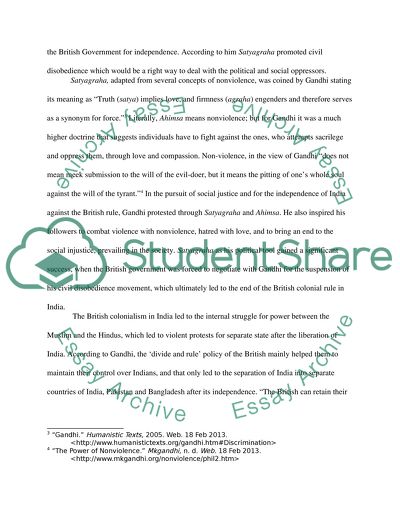Cite this document
(“Nonviolence and Social Justice: Gandhi and the Dalai Lama Essay”, n.d.)
Nonviolence and Social Justice: Gandhi and the Dalai Lama Essay. Retrieved from https://studentshare.org/religion-and-theology/1468062-nonviolence-and-social-justice-gandhi-and-the
Nonviolence and Social Justice: Gandhi and the Dalai Lama Essay. Retrieved from https://studentshare.org/religion-and-theology/1468062-nonviolence-and-social-justice-gandhi-and-the
(Nonviolence and Social Justice: Gandhi and the Dalai Lama Essay)
Nonviolence and Social Justice: Gandhi and the Dalai Lama Essay. https://studentshare.org/religion-and-theology/1468062-nonviolence-and-social-justice-gandhi-and-the.
Nonviolence and Social Justice: Gandhi and the Dalai Lama Essay. https://studentshare.org/religion-and-theology/1468062-nonviolence-and-social-justice-gandhi-and-the.
“Nonviolence and Social Justice: Gandhi and the Dalai Lama Essay”, n.d. https://studentshare.org/religion-and-theology/1468062-nonviolence-and-social-justice-gandhi-and-the.


